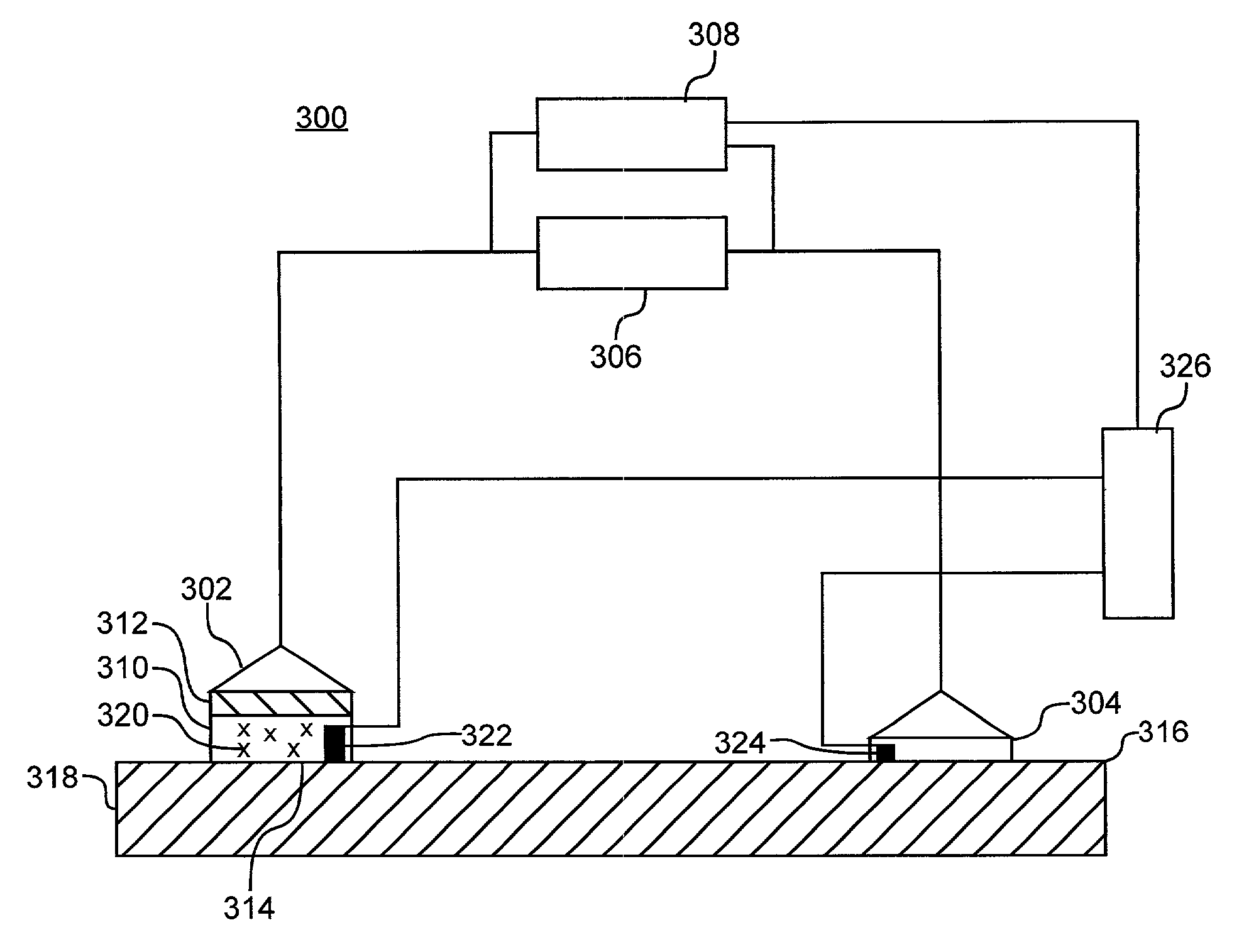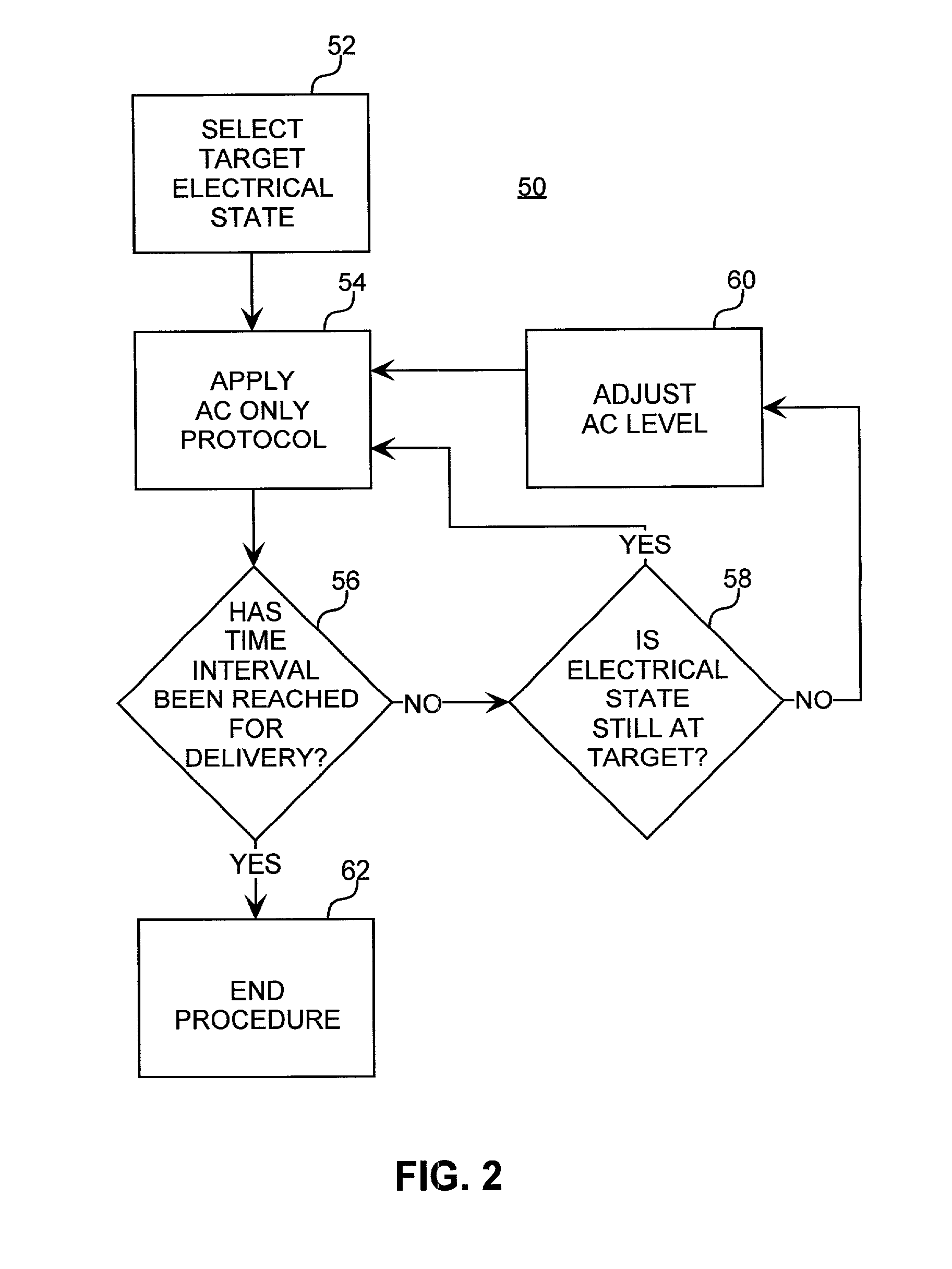Method for increasing the battery life of an alternating current iontophoresis device using a barrier-modifying agent
- Summary
- Abstract
- Description
- Claims
- Application Information
AI Technical Summary
Benefits of technology
Problems solved by technology
Method used
Image
Examples
example
Materials
[0160]All of the experiments carried out below employed the upper half of a Franz-type diffusion cell (area˜1 cm2) held in place with a piece of double-sided foam adhesive (#4026 3M Corp., Minneapolis, Minn.) as housing for the iontophoretic electrode. AC electrical currents were produced with a custom-made current generator (EM-Tech Inc., Lindon, Utah).
[0161]Silver foil, silver chloride, isopropyl alcohol, and phosphate buffered saline tablets (0.01 M phosphate buffer, 0.0027 M potassium chloride and 0.137 M sodium chloride, pH 7.4 at 25° C. when one tablet is dissolved in 200 ml deionized water), were purchased from Sigma Chemical Co. (St. Louis, Mo.). Isopropyl myristate, sodium lauryl sulfate, and propylene glycol (all N.F. grade) were purchased from Spectrum Chemical (Gardena, Calif.), N.F. grade absolute ethanol from AARPER (Shelbyville, Ky.), and N.F. grade oleic acid from Mallinkrodt (Paris, Ky.). Ag paint was purchased from Ladd Research Industries (catalogue #6081...
PUM
 Login to View More
Login to View More Abstract
Description
Claims
Application Information
 Login to View More
Login to View More - R&D
- Intellectual Property
- Life Sciences
- Materials
- Tech Scout
- Unparalleled Data Quality
- Higher Quality Content
- 60% Fewer Hallucinations
Browse by: Latest US Patents, China's latest patents, Technical Efficacy Thesaurus, Application Domain, Technology Topic, Popular Technical Reports.
© 2025 PatSnap. All rights reserved.Legal|Privacy policy|Modern Slavery Act Transparency Statement|Sitemap|About US| Contact US: help@patsnap.com



